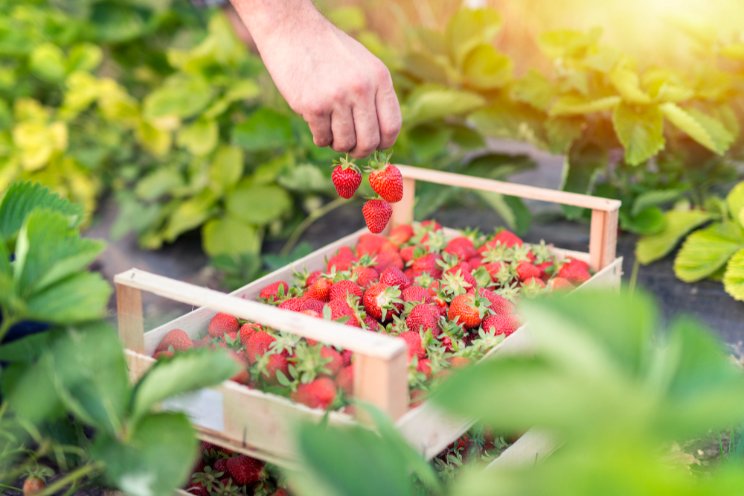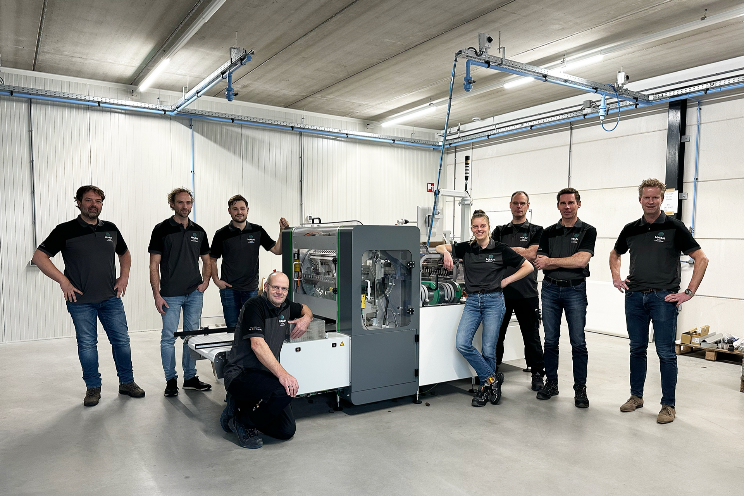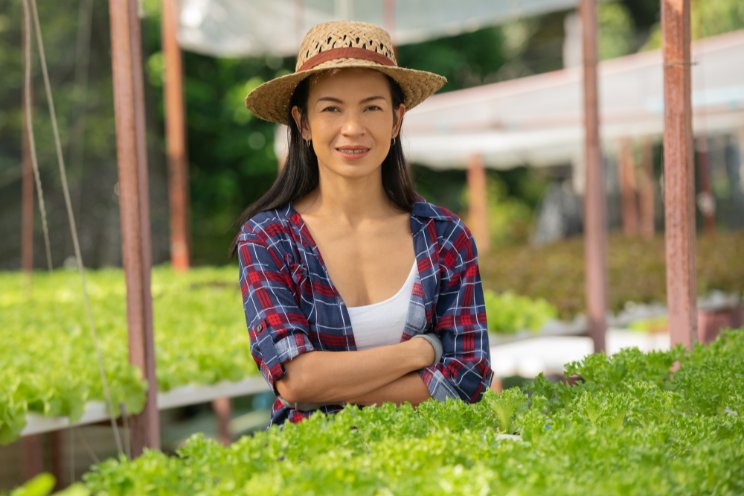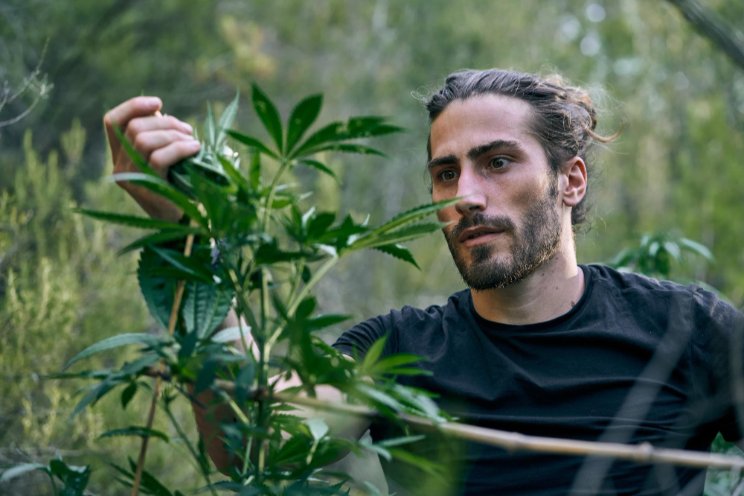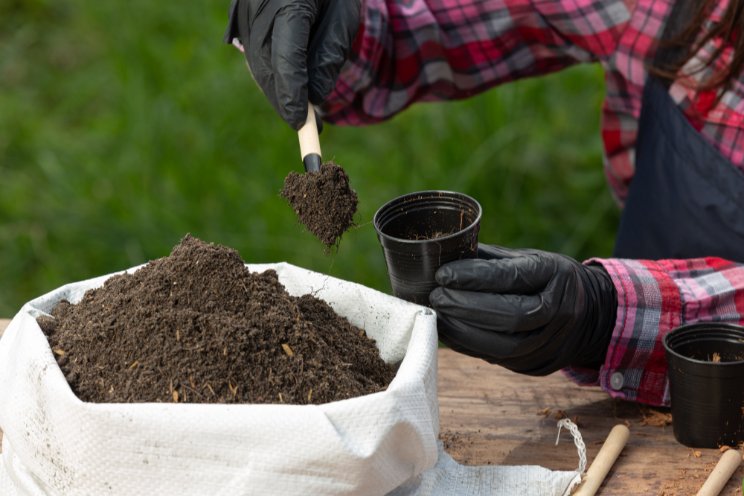Tulips grow in winter, thanks to the summer sun
Added on 13 February 2020
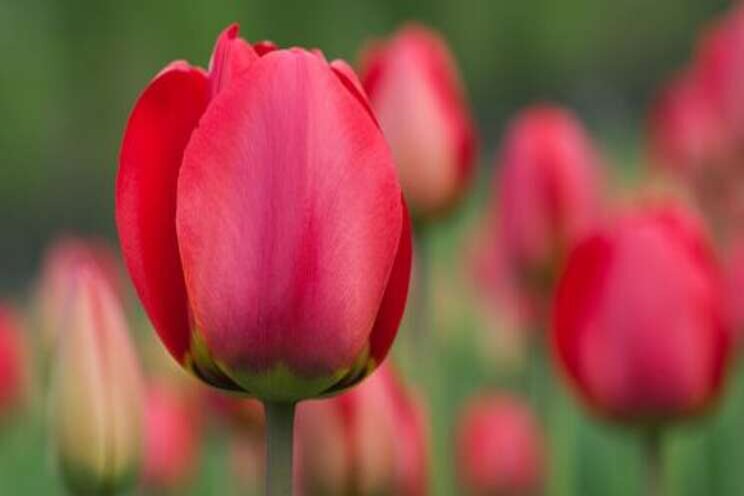
Harvesting heat with a basin
In this research project, WUR cooperates with a tulip forcer who developed a system for harvesting heat. This system consists of a large number of crates, which are normally used for flower production. These are put on the tables in the greenhouse, with a sail on top. This creates a basin of a few centimetres deep and an area of 300 m2. The basin is covered with an extra black sail that attracts the sun's rays. The layer of water under the sail is therefore heated by the sun. A pump brings the warm water to a silo.

The greenhouse contains large basins with water that are used to harvest heat.
Temperatures
The layer of water heats up to over 50°C on hot, sunny days. For drying and storage, this heat can be transferred with a heat exchanger to a radiator with low-grade heat (approximately 35°C). In years with warm summers, that is more than enough to heat the storage cells at 20 to 25°C, calculated WUR. The system is therefore efficient in those years.
It requires a large storage tank per solar collector (of more than 2500 m3). In cold years with less hot summers, insufficient heat can be harvested above 35°C. However, heat can be harvested between 23 and 35°C and stored in a water-bearing layer (a so-called aquifer). In order to use this heat for heating the greenhouse in winter, a heat pump is then required. With this, about 70% of the heat demand for forcing could be provided.
This research is funded by the Ministry of Agriculture, Nature and Food Quality.
Source and Photo Courtesy of Wageningen University & Research
Source: Wageningen University & Research
More news

